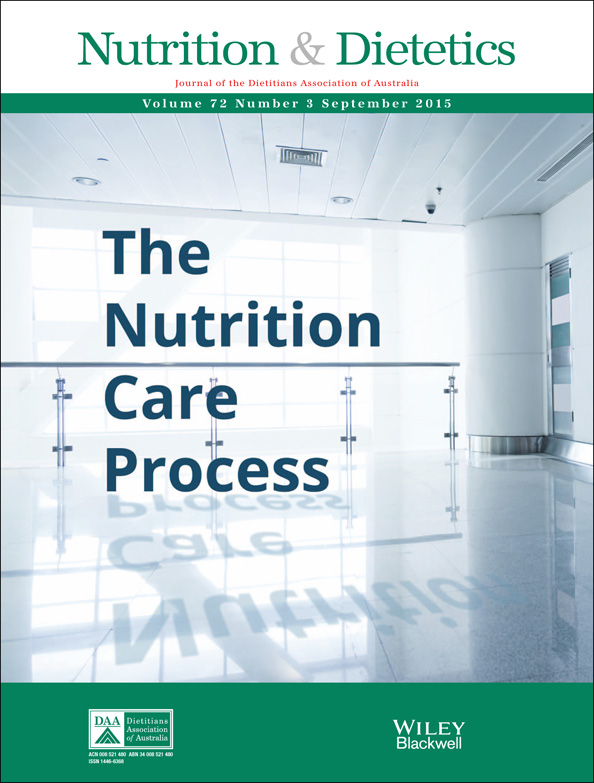Interim analysis: An interdisciplinary team approach in facilitating weight reduction and improving function for people with knee or hip osteoarthritis. The Osteoarthritis Chronic Care Program at Royal North Shore Hospital
Abstract
Aim
Interim analysis of the Osteoarthritis Chronic Care Program at the Royal North Shore Hospital was conducted in order to determine (i) effectiveness of programme to facilitate reductions in weight and waist circumference and improvements in pain, function and osteoarthritis-related outcomes and (ii) whether reductions in weight or waist circumference predict pain, functional and osteoarthritis-related outcomes.
Methods
Participants with knee or hip osteoarthritis at baseline (n = 265), weeks 12 (n = 164) and 26 (n = 88) were followed. Primary outcomes were weight and waist circumference. Secondary outcomes included visual analogue scale for pain, timed up and go, 6-minute walk test, knee injury/hip dysfunction and osteoarthritis outcome score.
Results
Mean absolute and percent weight loss, waist circumference and body mass index significantly reduced from baseline at both 12 and 26 weeks. Improvements in pain (P < 0.001), timed up and go (P < 0.001) and 6-minute walk test (P < 0.001) were statistically significant in participants with knee osteoarthritis; however, only improvements in timed up and go and 6-minute walk test were clinically relevant. Weight was not associated with any secondary outcomes except knee injury and osteoarthritis outcome score pain subscale at 12 weeks. Participants with knee osteoarthritis on average experienced 0.96 cm less pain on the visual analogue scale and walked 25.7 m more in the 6-minute walk test than participants with hip osteoarthritis at 12 weeks which was statistically significant.
Conclusions
The programme assisted participants in promoting weight loss and those with knee osteoarthritis improved clinically in mobility and walking capacity by 26 weeks. Complete data set is required to validate these findings.




